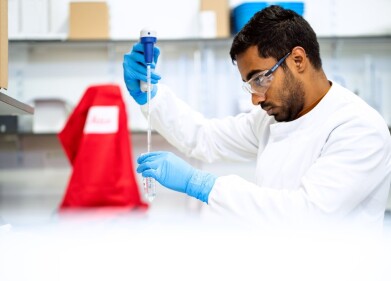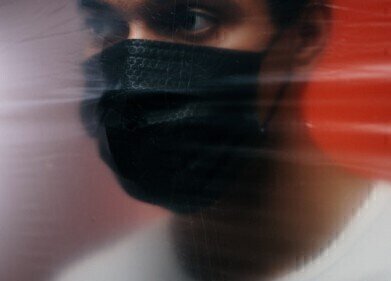Thin Layer Chromatography (TLC)
How Can We Get Around Superbug 'Decoys'? - Chromatography Investigates
Nov 07 2016
Spies use them. Warplanes deploy them. A magician’s life is based on them. Decoy — to lure or entice away from its intended course. But who would of thought that something as basic as a bacterium would use decoys. But not just any bacteria — but the superbug MRSA.
Methicillin-resistant Staphylococcus aureus — better known as MRSA — causes thousands of deaths every year. The bacteria are resistant to many different antibiotics, even when they are used concurrent — hence the reason MRSA is known as a superbug. Until now we haven’t known why — but in a recent paper published in Nature Microbiology, researchers from Imperial College, London have found that MRSA uses decoys — and this opens potential new avenues of treatment for people suffering from bacterial infections.
Thou shall not kill
MRSA is resistant to most antibiotics, meaning treatment is very limited. The last antibiotic that medical professionals can turn to is known as daptomycin — however, many MRSA infections do not respond to this drug — meaning that MRSA sufferers have a very poor prognosis.
Scientists didn’t know how MRSA could survive the treatment with daptomycin — until the Imperial team made the discovery that MRSA releases decoys. The decoys are molecules that allow the MRSA to hide from the antibiotic.
Not a duck decoy
MRSA cells contain a layer of fat on their surface — and it is this layer of fat that the antibiotic binds to while it kills the bacteria. The researchers used thin-layer chromatography (TLC) and found that decoy cells containing the same fat layer on their surface. The use of TLC is discussed in the article, Isolation and Identification of Green Pigments from Waste Pineapple Peels.
The antibiotics bind onto these fat-coated molecules instead — thus disabling the antibiotic. The lead author of the paper, Dr Andrew Edwards, explains in a press release:
“These fat molecules act in a similar way to the decoy flares released by fighter planes to avoid a missile. The antibiotic mistakenly targets the decoys, allowing the bacteria to evade destruction. This is the first time this decoy system has been seen in MRSA.”
To decoy or not decoy
But not all the MRSA molecules use decoys — and the team believe that this is the reason why some infections are not cured by daptomycin. In these resistant infections, the bacteria stop talking to each other — and the team believe this affects how toxic the bacteria are and how they release decoys.
Again, Dr Edwards:
“These MRSA bacteria ‘go dark’ and stop all communication. It is the switching off of this communication system that allows the decoys to work so effectively. Our focus now is on understanding more about how these decoys are made and how they can be shut off completely to help daptomycin work better in patients.”
By understanding how the decoy system work, the team hope that the prognosis for MRSA and other superbug sufferers can have a better prognosis.
Events
Jan 20 2025 Amsterdam, Netherlands
Feb 03 2025 Dubai, UAE
Feb 05 2025 Guangzhou, China
Mar 01 2025 Boston, MA, USA
Mar 04 2025 Berlin, Germany













